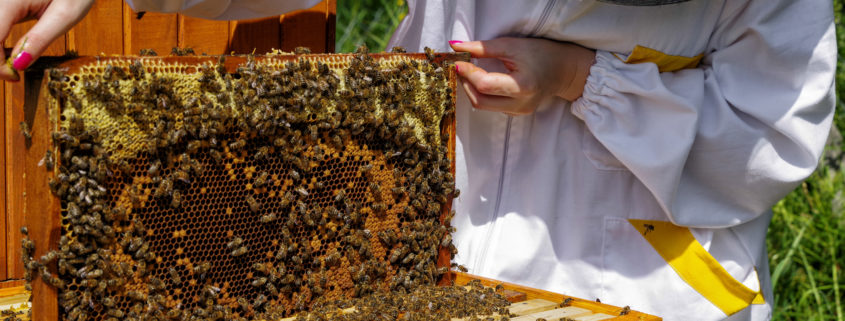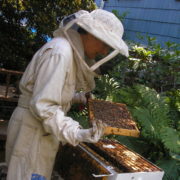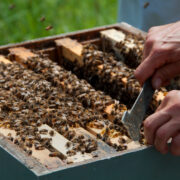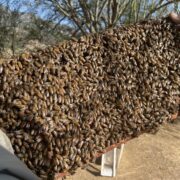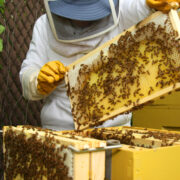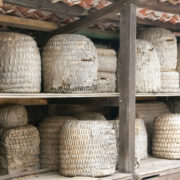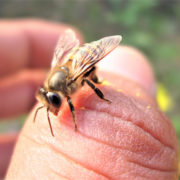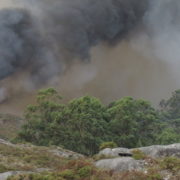What To Look For In A Beehive Inspection
A successful beehive inspection begins even before a beekeeper opens the colony. Sometimes, if the weather is too cold or otherwise unpleasant, an outside inspection may be all that a conscientious beekeeper will want to do for the day. Not every day is ideal for opening a beehive.
No matter what the conditions, however, an astute beekeeper can learn much about a colony’s health simply by carefully observing the bees outside of the colony and considering . . .
- Given the conditions of weather and bloom, is the level of activity taking place on the entrance greater or lower than what would be expected?
- Are the bees bringing in pollen?
- Are there signs of robbing or defensive behavior?
- Are the bees fighting off invading insects such as wasps or ants?
- Are there dead bees lying in front of the entrance?
Once a beekeeper decides to open a colony, the beekeeper will next want to consider . . .
- What does the colony sound like when opened? (A healthy colony will have a contented and relaxed “hum”, whereas a queenless or otherwise stressed colony will often have an uncomfortable roaring sound.)
- Are the bees in a cluster? This will indicate the location and size of the brood nest.
- Does the colony feel heavy with honey? Or, does it have enough food?
- What does the inside of the brood nest look like? Is there a good mix of eggs, larva and capped brood? No eggs may indicate that the hive is without a queen.
- Does the larva look healthy, bright and white?
- Does the larva look “wet” and well fed? Dry larva may indicate that the colony is starved for pollen and could benefit from pollen supplement patties.
- Does the capped brood look healthy, compact and well shaped? Spotty brood may indicate disease or a failing queen.
- Given the bee population and conditions of the season, do the bees have the right amount of space?
- Are there swarm cells or signs that the colony may be planning to swarm?
A careful beekeeper always considers the well-being of the colony during the inspection. The goal of the inspection is for the beekeeper to help the colony, if necessary, and not to overly stress the colony with too much invasiveness or rough handling. At the end of the inspection, the beekeeper should replace the combs in the same order, and close up the hive as securely as it was before the inspection.

